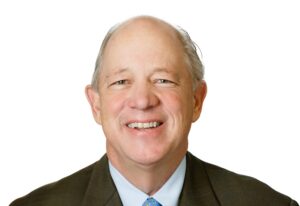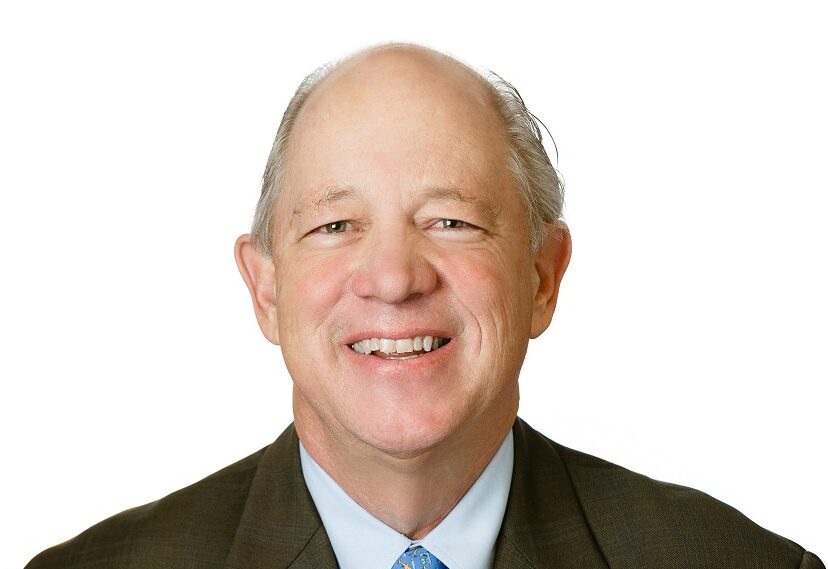
To Billy Shore, co-founder of Share Our Strength, childhood hunger in America has always seemed like a solvable problem. He understands the statistics: that over 11 million US children live in food insecure homes, that 22 million US children rely on the free or reduced-price lunch they get at school.
But he and the team at No Kid Hungry, Share Our Strength’s campaign against childhood hunger, also know that there’s no shortage of food in America. To them, the solution is connecting hungry kids to that food.
Bard MBA student Michelle Aboodi spoke with Shore about No Kid Hungry’s initiative to help educators and lawmakers make breakfast a part of the regular school day. They also discussed Share Our Strength’s origin story and its business model.
The following Q&A is an edited excerpt from the Bard MBA’s March 6th The Impact Report podcast. The Impact Report brings together students and faculty in Bard’s MBA in Sustainability program with leaders in business, sustainability and social entrepreneurship.
Reposted from GreenBiz.
BARD MBA: WHAT PROMPTED YOU TO FOUND SHARE OUR STRENGTH IN 1984?
The catalyst was the catastrophic famine in Ethiopia. It was probably the largest humanitarian crisis of its era. We wanted to create something that would be more permanent, though. So, while the catalyst was international famine, we got very focused on domestic issues. There was a lot of need here in the United States as well.
When we started Share Our Strength, the idea was to enable people who wanted to make a difference in their community. We created a vehicle through which they could literally share their strength—whatever they were good at.
In our case it focused around the issue of hunger. To me, in all the years I worked in government and in the non-profit sector, it always seemed like a solvable problem.
BARD MBA: HOW HAVE THINGS CHANGED IN THE THIRTY-FIVE YEARS YOU’VE BEN DOING THIS WORK?
There’ve really been dramatic improvements. Particularly in the US, we got very focused on childhood hunger as a solvable problem. Over the last eight years we’ve driven childhood hunger down by about 30%. There are actually fewer children experiencing hunger here than at any time in the last 25-30 yearsfoo.
One of the reasons is that we have really good programs. We’ve obviously got no shortage of food in America and we’ve also got no shortage of food programs—school lunch, the SNAP program—so we focused on how to connect kids to these existing programs. As a result, literally millions more kids are now getting three meals a day. We’re also starting to see all the benefits that come with that: test scores are better, attendance is better, behavior is better.
Although solving poverty is complex, feeding a child is not—that’s doable. We may have poverty, but I think we’ll get to the point in the next 10-12 years where we’ll no longer have kids who are hungry in the US.
BARD MBA: WHICH IS SHARE OUR STRENGTH’S MOST IMPACTFUL INITIATIVE?
About ten years ago we transitioned from being a grant maker to other not-for-profits to creating our own campaign. It’s called “No Kid Hungry,” and one of its signature initiatives is to make sure there are options for kids to have breakfast during the school day.
It’s hard for a lot of kids to get to school early, and there’s also a stigma attached to kids who go in early for the free breakfast, so we’ve moved breakfast in thousands of schools into the classroom. It’s a different way of doing things, and it required schools to make adjustments, but once they did we started to see improvements in the school system.
BARD MBA: HOW BIG IS YOUR TEAM, AND WHAT’S YOUR OPERATING BUDGET?
We’re privately funded and our operating budget is about $85 million. We have a team of about 240 people. Most of what we do is have boots on the ground in communities—working in schools, working with mayors and governors to make sure programs are executed well. Our product really is our people.
That’s where we invest everything. The food itself is paid for—all these school meals I’ve been describing are 100% federally subsidized. The key is to unlock them. If we spend a hundred thousand dollars in a community to get them to move their breakfast from the cafeteria to the classroom, and that adds 60-80,000 kids who get breakfast every day for the remainder of their time in school, it’s a great return on investment. Our staff is out in the field doing that work, that’s our principal value add.
BARD MBA: WHY ARE POVERTY AND HUNGER STILL SUCH A PROBLEM IN THE UNITED STATES?
We still have a lot of inequality, unfortunately, and structural inequality in our economy. When the economy does well it, leaves people behind. Hunger really is just a symptom of the deeper and more complex issue of poverty.
The best way to solve it permanently would be to find ways to lift more people out of poverty. Ultimately, we’re going to have to make long term investments in education and in training people for the workplace of the future if we want to really get to these underlying problems.
